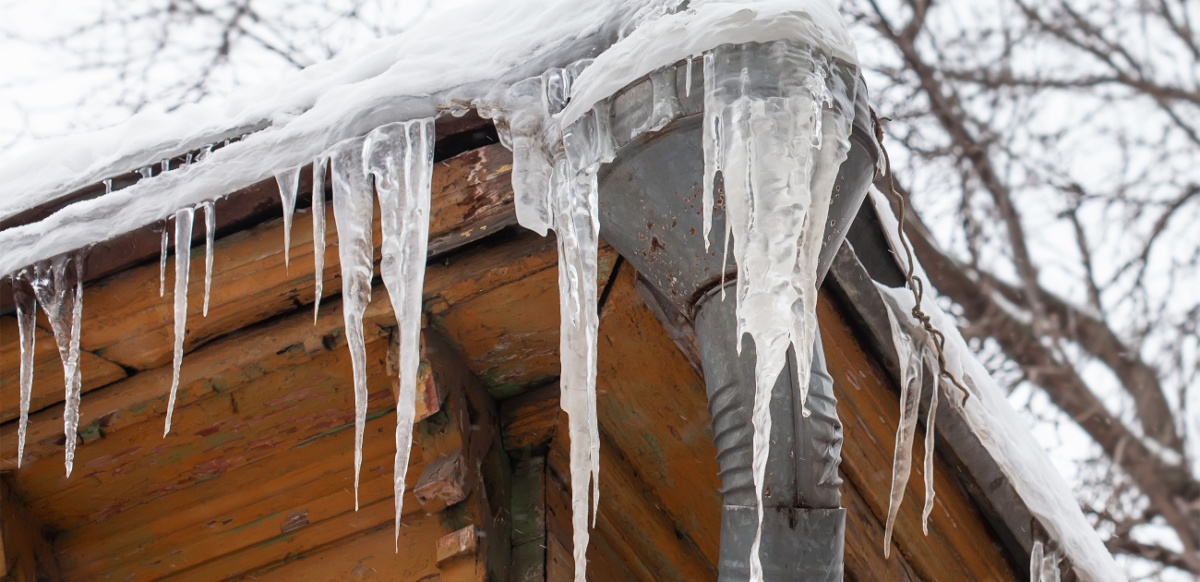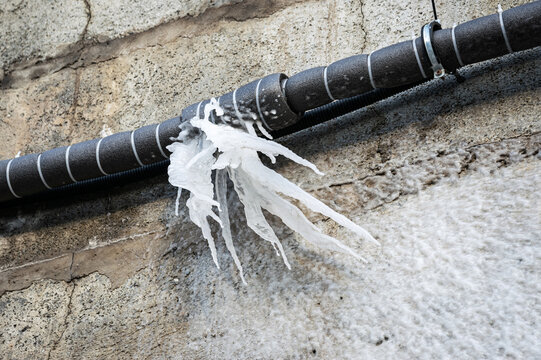Advice for Preventing Frozen Pipes in Winter: Specialist Tips
Advice for Preventing Frozen Pipes in Winter: Specialist Tips
Blog Article
What're your opinions regarding Prevent Frozen Pipes ?

Winter can damage your plumbing, specifically by freezing pipelines. Here's just how to prevent it from taking place and what to do if it does.
Intro
As temperature levels drop, the risk of icy pipelines increases, potentially causing costly repair work and water damages. Recognizing how to avoid icy pipelines is critical for homeowners in chilly climates.
Prevention Tips
Insulating at risk pipelines
Cover pipelines in insulation sleeves or make use of warmth tape to safeguard them from freezing temperature levels. Focus on pipes in unheated or outside areas of the home.
Home heating techniques
Maintain interior rooms sufficiently heated up, especially locations with pipes. Open up cupboard doors to allow warm air to flow around pipelines under sinks.
Just how to recognize icy pipes
Try to find reduced water circulation from faucets, uncommon smells or noises from pipelines, and noticeable frost on exposed pipelines.
Long-Term Solutions
Structural modifications
Think about rerouting pipelines away from exterior wall surfaces or unheated locations. Add extra insulation to attic rooms, cellars, and crawl spaces.
Updating insulation
Buy top notch insulation for pipelines, attics, and walls. Proper insulation assists maintain regular temperatures and reduces the danger of icy pipelines.
Safeguarding Exterior Plumbing
Garden tubes and outside taps
Disconnect and drain pipes yard hose pipes before winter months. Set up frost-proof faucets or cover outside faucets with insulated caps.
Understanding Icy Pipelines
What creates pipes to ice up?
Pipelines freeze when exposed to temperature levels listed below 32 ° F (0 ° C) for prolonged periods. As water inside the pipes ices up, it expands, putting pressure on the pipe wall surfaces and possibly triggering them to rupture.
Risks and damages
Frozen pipes can cause water disturbances, home damage, and costly repair services. Ruptured pipes can flood homes and trigger comprehensive architectural damage.
Indications of Frozen Piping
Determining frozen pipelines early can prevent them from rupturing.
What to Do If Your Pipes Freeze
Immediate actions to take
If you suspect frozen pipes, maintain faucets open up to alleviate stress as the ice thaws. Utilize a hairdryer or towels soaked in warm water to thaw pipelines slowly.
Conclusion
Preventing icy pipelines requires aggressive measures and quick feedbacks. By understanding the causes, signs, and safety nets, house owners can safeguard their pipes during winter.
6 Proven Ways to Prevent Frozen Pipes and Protect Your Home
Disconnect and Drain Garden Hoses
Before winter arrives, start by disconnecting your garden hoses and draining any remaining water. Close the shut-off valves that supply outdoor hose bibs and leave the outdoor faucet open to allow any residual water to drain. For extra protection, consider using faucet covers throughout the colder months. It’s also important to drain water from any sprinkler supply lines following the manufacturer’s directions.
Insulate Exposed Pipes
Insulating your pipes is an effective way to prevent freezing. Pipe insulation is readily available at home improvement stores and is relatively inexpensive. Pay close attention to pipes in unheated areas such as the attic, basement, crawl spaces, or garage. Apply foam insulation generously to create a buffer against the cold. You can also wrap your pipes in heat tape or thermostat-controlled heat cables for added warmth.
Seal Air Leaks
Inspect your home for any cracks or openings that could let in cold air. Seal any holes around the piping in interior or exterior walls, as well as the sill plates where your home rests on its foundation. Additionally, make sure to keep your garage door closed unless you’re entering or exiting. Leaving it open creates a significant air leak that can lead to frozen pipes.
Allow Warm Air Circulation
During cold snaps, it’s essential to allow warm air to circulate evenly throughout your home. Leave interior doors ajar to promote better airflow. Open kitchen and bathroom cabinets to help distribute heat consistently around the rooms. If you have small children or pets, be sure to remove any household chemicals or potentially harmful cleaners from open cabinets for safety.
Let Faucets Drip
A small trickle of water can make a big difference in preventing ice formation inside your pipes. When temperatures drop significantly, start a drip of water from all faucets served by exposed pipes. This continuous flow helps prevent the water from freezing. Additionally, running a few faucets slightly can relieve pressure inside the pipes, reducing the chances of a rupture if the water inside does freeze.
https://choateshvac.com/6-proven-ways-to-prevent-frozen-pipes-and-protect-your-home/

Do you appreciate reading up on How to Prevent Your Pipes From Freezing? Leave a short review below. We will be delighted to find out your ideas about this entry. We hope to see you back again in the future. Liked our write up? Please share it. Help another person check it out. I truly appreciate your readership.
Estimate Free Report this page